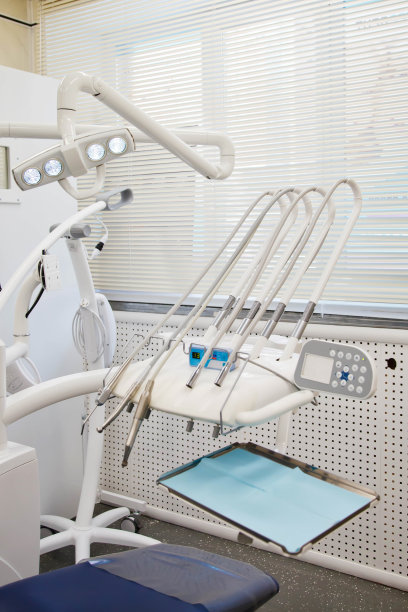The Journey of Extracting a Tooth Understanding the Process Pain Management and Aftercare Tips
Summary: Extracting a tooth can be a daunting process for many, but understanding the journey can alleviate anxiety and make it more manageable. This article explores the entire tooth extraction process, detailing how a dentist prepares for the procedure and what patients can expect. Pain management is a crucial aspect; we discuss the various methods available to ensure a comfortable experience. Additionally, we delve into aftercare tips, providing essential information on how to promote healing and avoid complications. Overall, understanding these facets makes the journey of tooth extraction easier and more reassuring for patients.
1. Understanding the Tooth Extraction Process

The journey of extracting a tooth begins with a thorough dental examination. During this assessment, the dentist will take X-rays to evaluate the tooths condition and to plan the extraction process. This step is crucial as it helps identify any complications that may arise during the procedure, such as the presence of impacted teeth or surrounding bone issues.
Once the examination is complete, the dentist will discuss the extraction process with the patient. This conversation is essential for setting expectations and addressing any concerns. Patients should feel free to ask questions about the procedure, including the anesthesia options available, which can help ease anxiety.
The extraction itself typically involves numbing the area around the tooth with a local anesthetic. For complex cases, alternative sedation methods may be suggested. Once the area is numb, the dentist will use specialized tools to loosen and remove the tooth, completing the first phase of the journey.
2. Pain Management During Tooth Extraction
Pain management is a key consideration for anyone undergoing a tooth extraction. The primary goal of pain management is to ensure that the patient remains comfortable throughout the procedure. Local anesthesia, typically administered via injection, is the most common method used. It numbs the area around the tooth, allowing the dentist to perform the extraction without causing discomfort.
In some cases, patients may opt for sedation dentistry. This approach relaxes the patient and can be particularly beneficial for those with dental anxiety. Sedation can range from mild nitrous oxide (laughing gas) to deeper levels of sedation, depending on the complexity of the extraction and the patients comfort preferences.
Post-procedure pain is another essential aspect to plan for. The dentist will often prescribe pain relief medication or recommend over-the-counter options. Patients are advised to follow dosing instructions carefully and to avoid any medications that could increase bleeding, such as aspirin.
3. Aftercare Tips for a Smooth Recovery
Aftercare is crucial for a successful recovery following a tooth extraction. The first few hours after the procedure are vital. Patients should rest, remain calm, and avoid any strenuous activity. It’s also essential to keep the head elevated to minimize swelling and to promote proper blood flow.
Following the extraction, patients will be given specific aftercare instructions. This often includes recommendations regarding diet; soft foods are encouraged for several days to prevent irritation of the extraction site. Hot, spicy, or hard foods should be avoided during the initial recovery period.
Oral hygiene is another critical aspect of aftercare. Gentle rinsing with warm salt water may be suggested after the first 24 hours to promote healing without disrupting the new blood clot. Moreover, patients should continue regular brushing and flossing, exercising caution around the extraction area to avoid infection.
4. Recognizing Complications and When to Seek Help
While most tooth extractions have straightforward recoveries, recognizing potential complications is crucial for effective aftercare. One common issue is dry socket, which occurs when the blood clot dislodges from the extraction site, exposing the bone and nerves. Symptoms include severe pain and an unpleasant taste in the mouth.
Patients should be aware of any excessive bleeding, which should not persist beyond a few hours post-extraction. If bleeding continues, it’s essential to contact the dentist for further instructions. Additionally, persistent swelling or fever may indicate an infection, necessitating prompt medical attention.
Overall, attentive aftercare and being vigilant about potential complications can significantly improve the recovery experience. Patients should always communicate with their dentist about any concerns, ensuring a smoother healing process.
Summary:
Understanding the tooth extraction process, pain management techniques, and aftercare tips are essential for a successful recovery. Patients can alleviate anxiety by being informed about what to expect, receiving adequate pain control during the procedure, and following aftercare instructions diligently. Knowing how to recognize complications further ensures prompt intervention when necessary.
This article is compiled by Vickong Dental and the content is for reference only.



